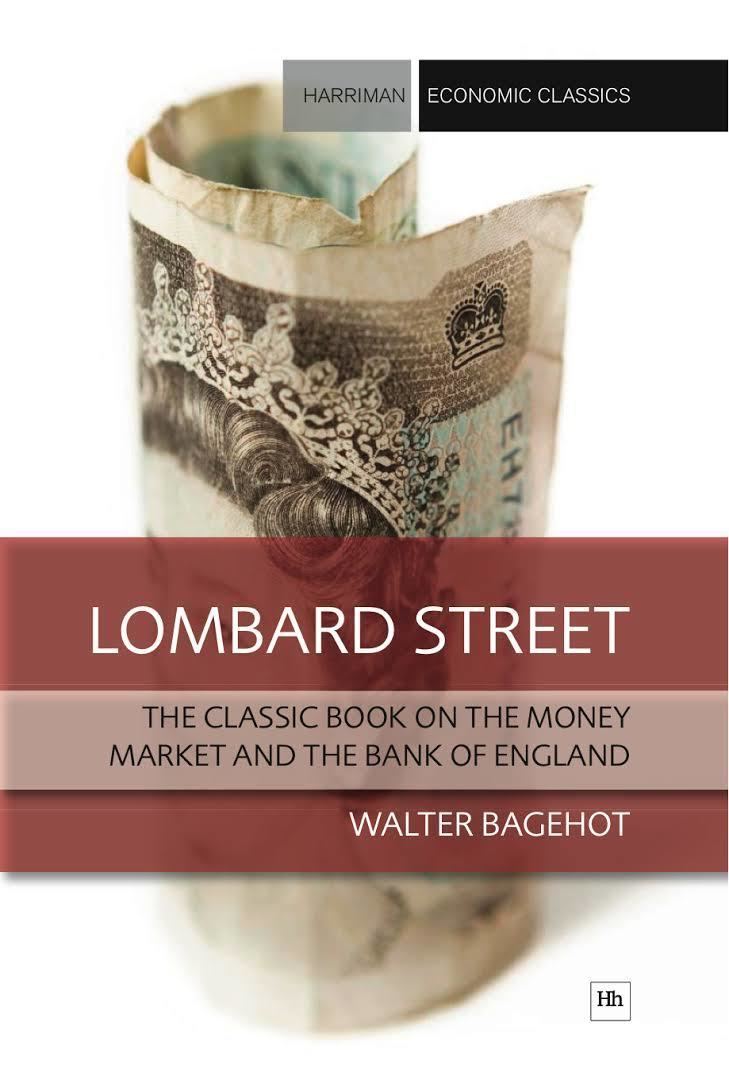7.8 /10 1 Votes7.8
Country Great Britain Publication date 1873 Originally published 1873 | 3.9/5 Goodreads Language English Publisher Henry S. King & Co. Media type Print (hardback) | |||||||||||||||||||||||||||||||||
 | ||||||||||||||||||||||||||||||||||
Similar Walter Bagehot books, Finance books | ||||||||||||||||||||||||||||||||||
Lombard Street: A Description of the Money Market (1873) is an influential book by Walter Bagehot. Bagehot was one of the first writers to describe and explain the world of international and corporate finance, banking, and money in understandable language. The book was initially printed in Great Britain by Henry S. King & Co. in 1873.
Contents
Overview
The book was in part a reaction to the financial collapse of Overend, Gurney and Company, a wholesale discount bank located at 65 Lombard Street, London, from which the book draws its title. When this bank suspended payments on 10 May 1866, panic spread across London, Liverpool, Manchester, Norwich, Derby and Bristol.
Lender of last resort
Lombard Street is known for its analysis of the Bank of England's response to the Overend-Gurney crisis. Bagehot's advice (sometimes referred to as "Bagehot's dictum") for the lender of last resort during a credit crunch is summarized by Charles Goodhart as follows:
(Nonetheless, Goodhart emphasizes that many of these ideas were spelled out earlier by Henry Thornton's book The Paper Credit of Great Britain.)
Bagehot's dictum has been summarized by Paul Tucker as follows:
"to avert panic, central banks should lend early and freely (ie without limit), to solvent firms, against good collateral, and at ‘high rates’".
In Bagehot's own words (Lombard Street, Chapter 7, paragraphs 57–58), lending by the central bank in order to stop a banking panic should follow two rules:
First. That these loans should only be made at a very high rate of interest. This will operate as a heavy fine on unreasonable timidity, and will prevent the greatest number of applications by persons who do not require it. The rate should be raised early in the panic, so that the fine may be paid early; that no one may borrow out of idle precaution without paying well for it; that the Banking reserve may be protected as far as possible.Secondly. That at this rate these advances should be made on all good banking securities, and as largely as the public ask for them. The reason is plain. The object is to stay alarm, and nothing therefore should be done to cause alarm. But the way to cause alarm is to refuse some one who has good security to offer... No advances indeed need be made by which the Bank will ultimately lose. The amount of bad business in commercial countries is an infinitesimally small fraction of the whole business... The great majority, the majority to be protected, are the 'sound' people, the people who have good security to offer. If it is known that the Bank of England is freely advancing on what in ordinary times is reckoned a good security—on what is then commonly pledged and easily convertible—the alarm of the solvent merchants and bankers will be stayed. But if securities, really good and usually convertible, are refused by the Bank, the alarm will not abate, the other loans made will fail in obtaining their end, and the panic will become worse and worse.